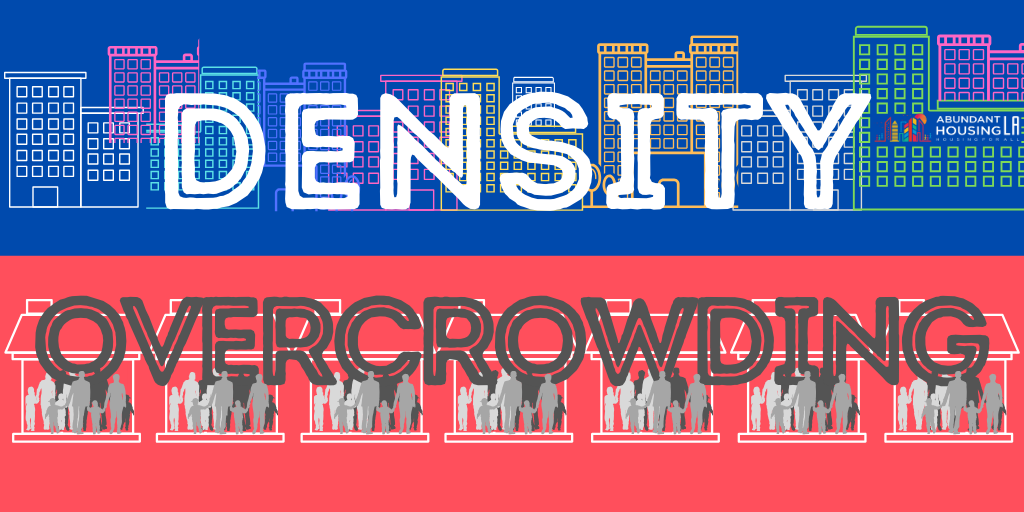For many, Los Angeles is symbolic of success in America: glamor, celebrity, and money. However, for many of the citizens of Los Angeles, daily life involves significant hardship, and one major source of hardship is the high cost of housing. Beyond the over sixty thousand who are homeless in Los Angeles County, over eleven percent of Angeleno households are overcrowded. An overcrowded household is defined as a household in which there is more than one person per room. This can mean that people are stacked three or four to a room, or are housing people in the kitchen or bathroom. Especially since the outbreak of COVID-19 in the United States, overcrowding has become a significant threat to health and safety in Los Angeles.
It’s about inequality
Overcrowding is also an indicator of income inequality, as it is heavily concentrated in low income neighborhoods. For example, Wilmington, a neighborhood of South Los Angeles, shows levels of overcrowding above 30%, whereas in Santa Monica, less than 3% of households are overcrowded. 
It is also concerning that household overcrowding occurs in neighborhoods where a high percentage of the population is uninsured. Overcrowding is connected to worse public sanitation, environmental conditions, and public health, and with COVID-19 factored in, these risks become even more dangerous to the residents of these neighborhoods.
Household overcrowding and COVID-19 also put families in harm’s way economically. Families who are experiencing overcrowding are already at much higher risk of falling into homelessness and with significant job losses caused by COVID-19, this risk is heightened further. Testing among lower income groups is lower, in some part due to the fact that lower income families have to work more hours to make ends meet. Many of these same people are the essential workers who are exposed to significantly more risk of contracting COVID-19. The median hourly wage of an essential worker in California is $19.80, well below the living wage for anyone supporting a family. With so many jobs disappearing, these essential workers are often supporting entire families.
The rent is due
While the City of Los Angeles has declared that no evictions can be served while restrictions from COVID-19 last, many residents are still left unprotected. Many landlords are creating loopholes in this eviction suspension. In some cases, landlords have told their tenants that all back pay rent is due when the COVID-19 crisis is over, while others have required proof that the pandemic is affecting their income. In the most egregious cases, landlords have gone further and strong-armed tenants into signing agreements that force them to hand over any checks they are issued by the government or aid organizations for COVID-19 relief. Tenants are under no obligation to fulfill these requests, but some landlords have taken advantage of a lack of knowledge from their tenants.
The City of Los Angeles needs to go further to protect its citizens, especially those already at risk at COVID-19 from their living conditions. The city must hold landlords accountable for exploitative tactics and ensure that tenants understand the protections they already have. And if we truly mean what we say when we recognize essential workers as heroes, then our city should ensure that these same people have access to better housing conditions. We need to create additional affordable housing, subsidize existing housing, and build more housing throughout Los Angeles, so that nobody lives in overcrowded conditions. Not only will it protect our communities from the threat of coronavirus, but it will also yield long term benefits for the health of Los Angeles.




